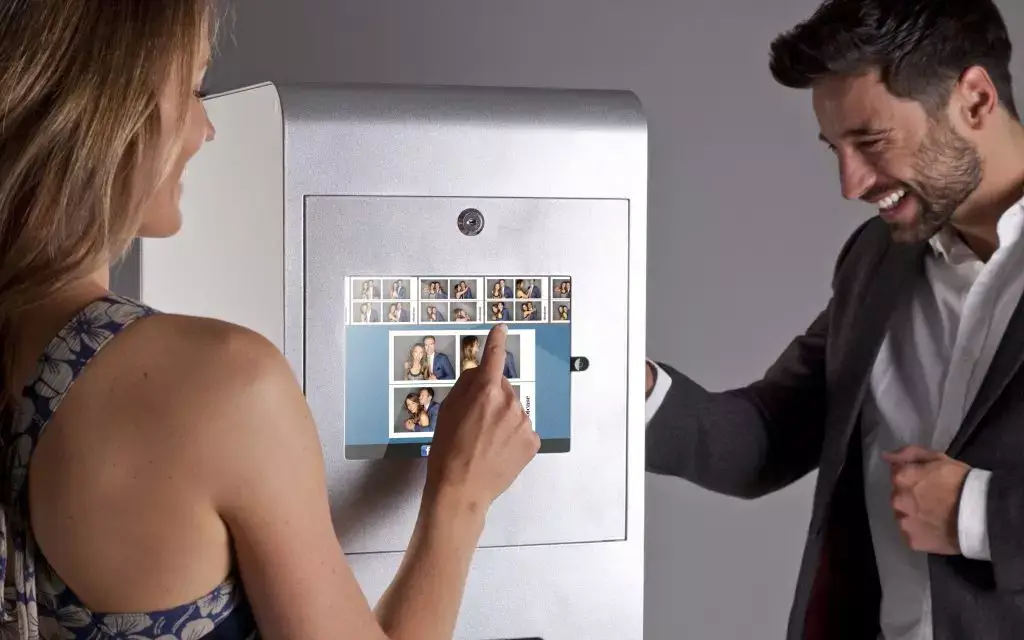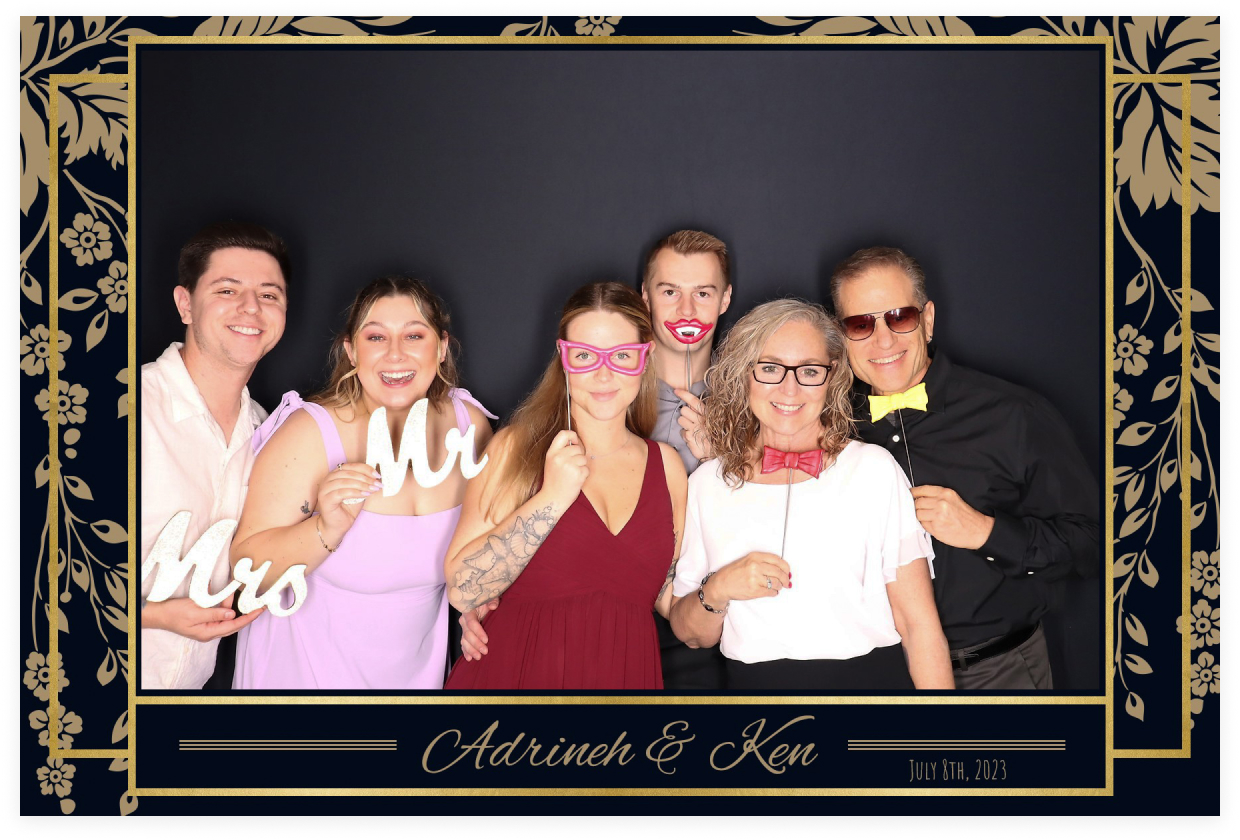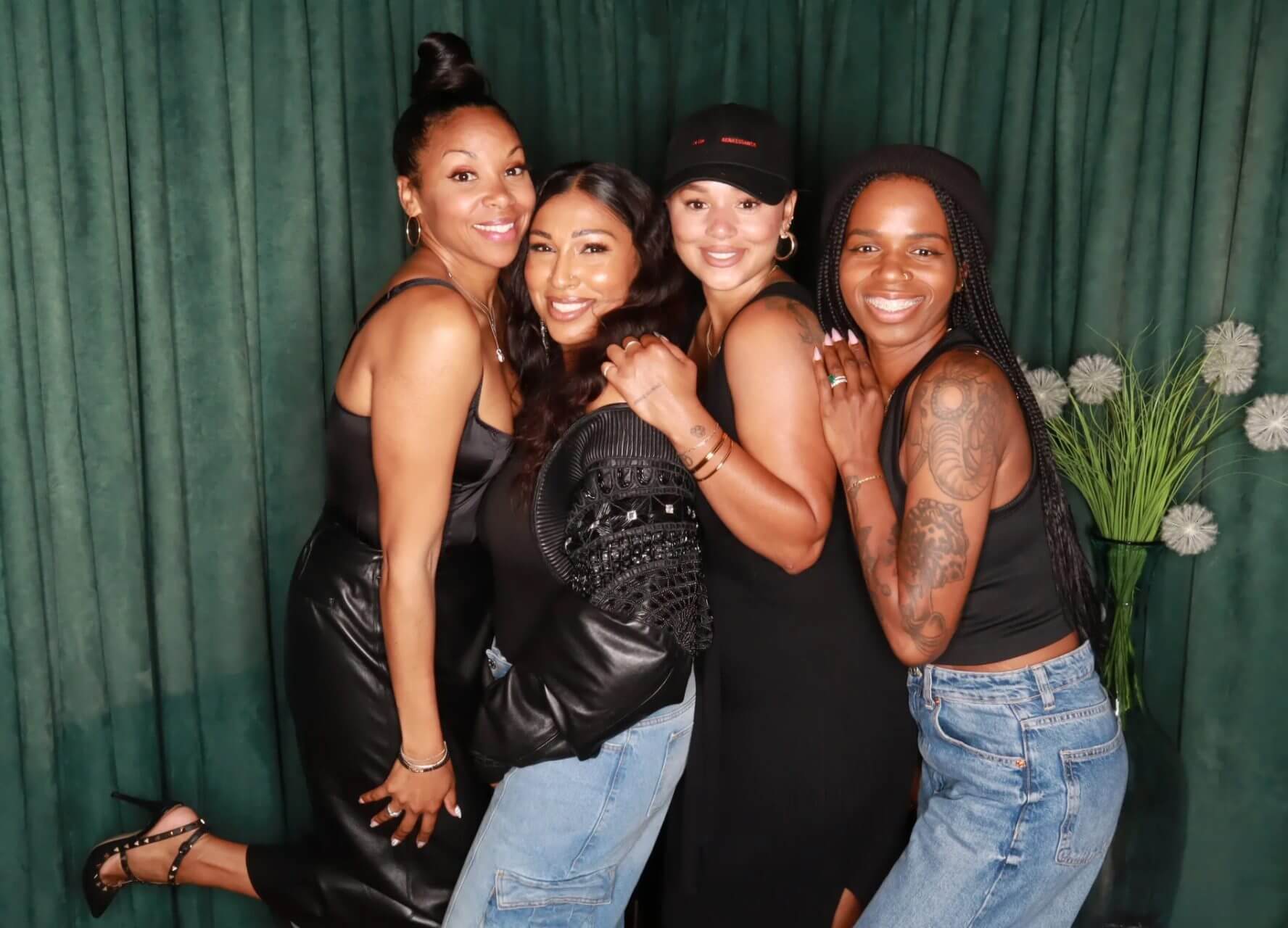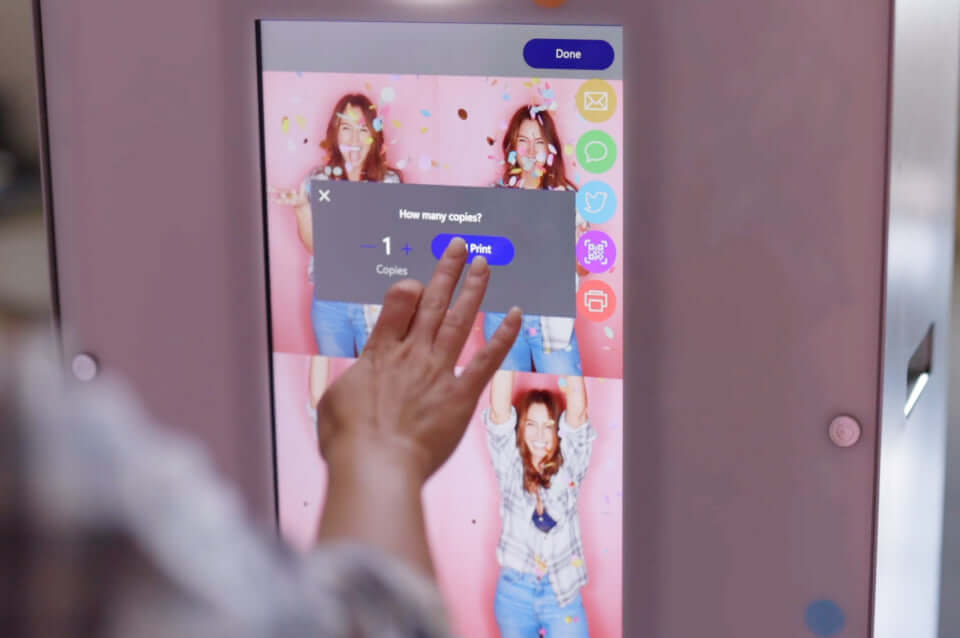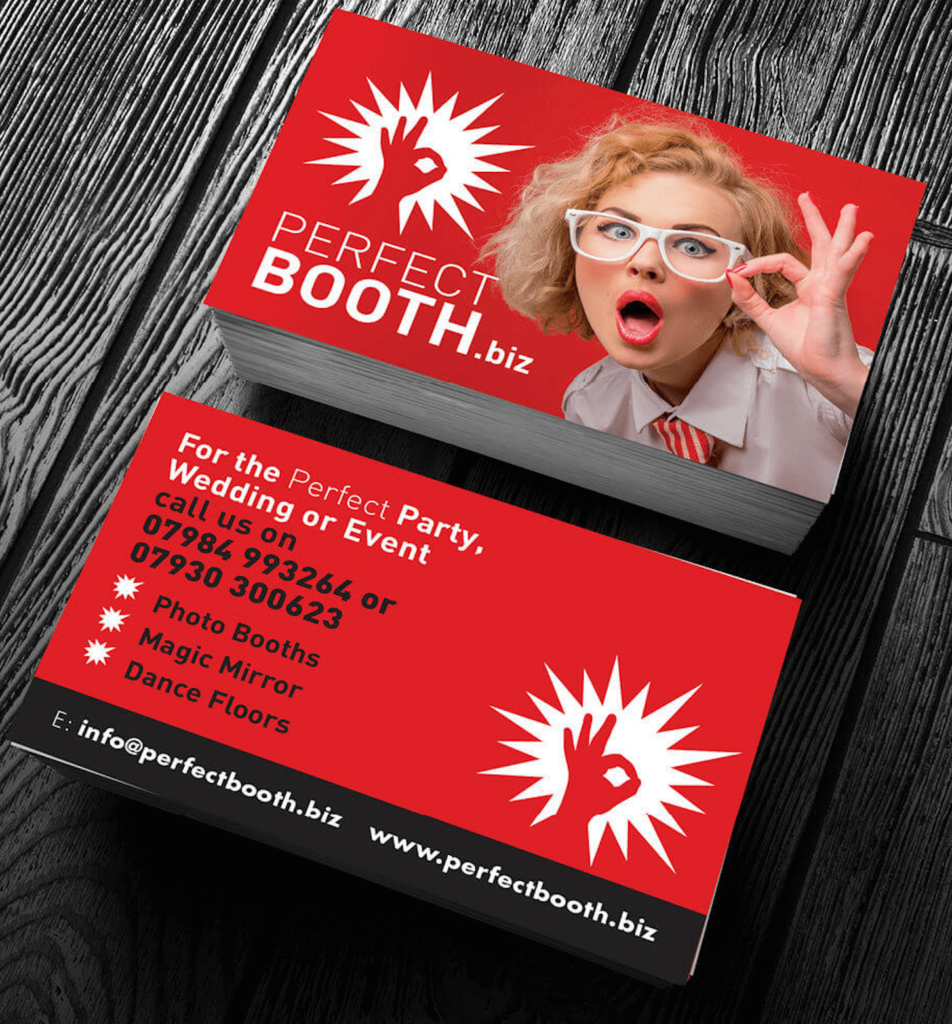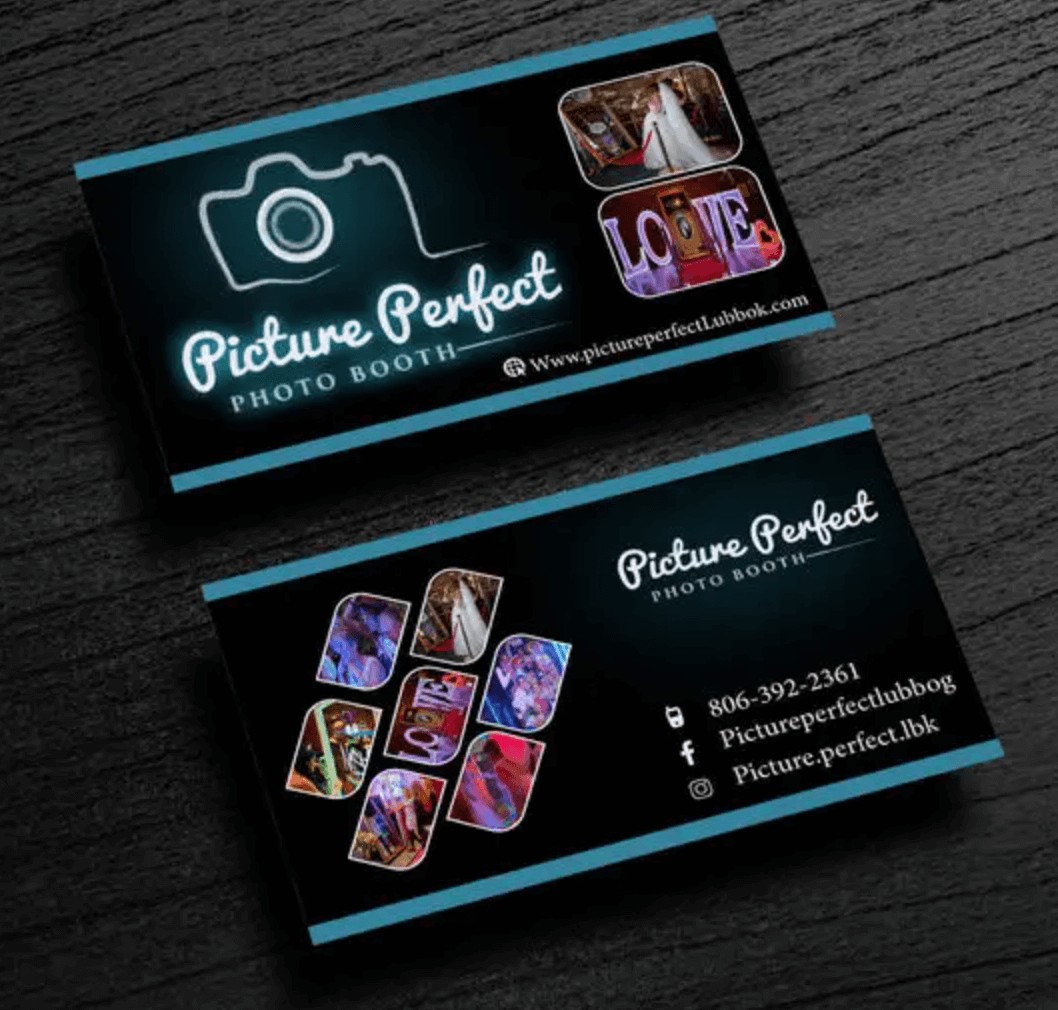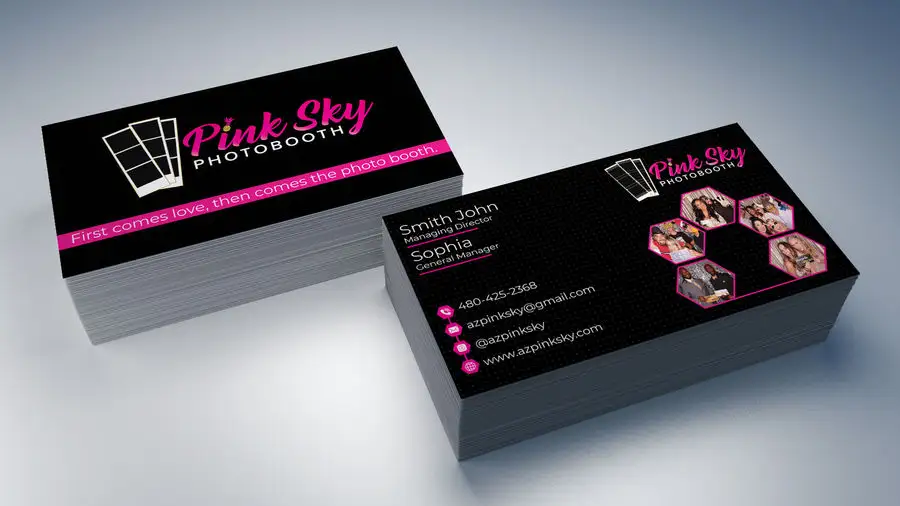Capturing the essence of a corporate event—whether it’s a high-impact conference, a black-tie gala, or a buzz-worthy product launch—is about more than just documentation. It’s about creating branded moments, driving engagement, and leaving guests with a lasting impression.
While professional photography has long been the go-to solution, it often comes with a high price tag and limited interaction. That’s where modern event planners are shifting gears. Photo booths have emerged as a smarter, more dynamic alternative.
We deliver exceptional value. Simply put, we offer something professional photographers can’t: an interactive, guest-driven experience that doubles as both entertainment and marketing content. In this article, we’ll break down the typical costs of corporate event photography and explore why renting a photo booth from Selfie Booth Co. is often the more strategic—and memorable—choice.
Pricing Overview: What to Expect from Corporate Event Photography
When budgeting for corporate event coverage, professional photography remains a premium service—and the pricing reflects that. Hourly rates for photographers typically fall between $100–$200 for emerging talent, while experienced professionals command $350–$450 per hour.
Later, we’ll talk about the price of renting a photo booth and why it is a better value.
Professional Event Photography Packages
For full coverage with an event photographer, you’re likely looking at:
- Half-day packages (4–6 hours): $700–$1,800
- Full-day packages (8–10 hours): $1,400–$3,000+
Additional services like videography, multi-angle coverage, or fast-turnaround editing can push those numbers even higher.
While this can be a worthwhile investment for select moments—keynote speakers, VIP meet-and-greets, or stage coverage—it’s important to acknowledge the trade-offs. Traditional photographers often focus on capturing polished images, but that can come at the cost of real-time engagement or spontaneous guest interaction
Average Corporate Photography Rates
Here’s a chart for typically how much photographer’s charge.
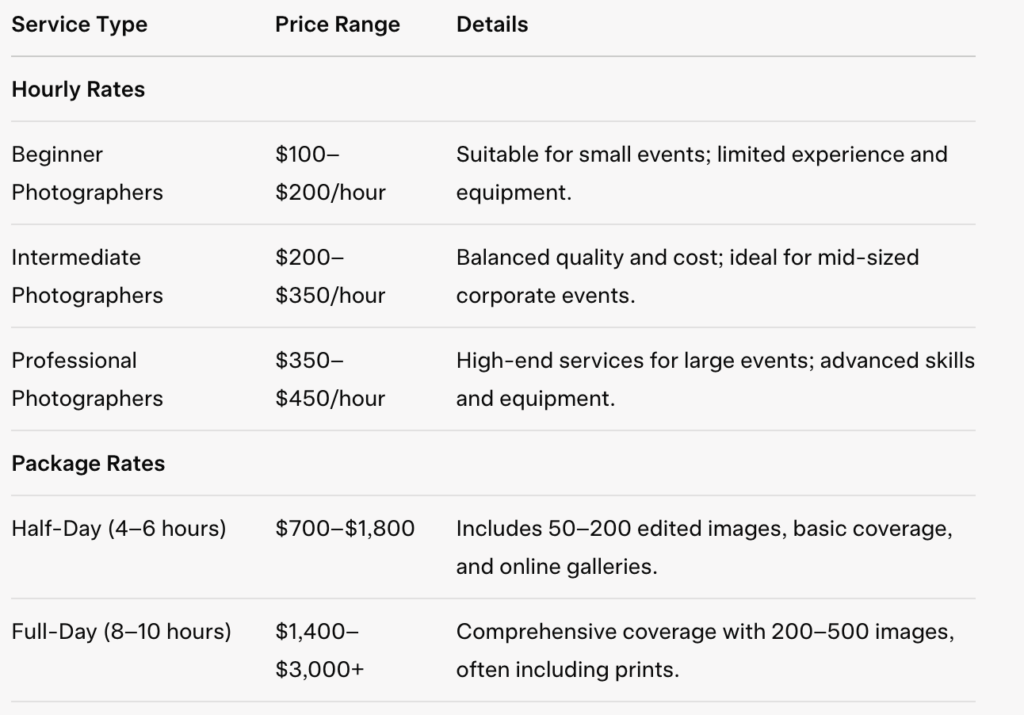
Drawbacks And Why Photo Booths Can Be a Smarter, More Strategic Choice
Let’s be real—professional photography has its place. But when it comes to guest experience, shareable content, and brand customization, photo booths often outperform as the best business event photographer.
Here’s why:
Delayed Gratification
With traditional photography, guests might wait days—or even weeks—for edited images. With a photo booth, they can snap, print, and share within seconds.
Lower Engagement
Many attendees feel uncomfortable around roaming photographers, leading to posed or stiff images. A booth, on the other hand, invites play. Guests choose to participate, which results in more authentic, joy-filled moments.
Missed Moments
Photographers often focus on curated shots and key scenes. Meanwhile, spontaneous group selfies and fun, candid interactions may go uncaptured—unless you have a booth set up to catch them in real time.
Limited Branding
A major drawback of traditional photography? Minimal branding integration. Photo booths allow for custom overlays, branded backdrops, logos, and even data capture—making them a marketing tool as much as an entertainment feature.
For planners looking to maximize guest interaction, boost brand visibility, and streamline costs, a photo booth isn’t just an alternative—it’s an upgrade.
Why Photo Booths Outperform Traditional Photography Services at Corporate Events
When it comes to capturing the energy and essence of a corporate event, a single roaming photographer has limitations. A photo booth rental for corporate events, on the other hand, transforms passive documentation into active, guest-driven engagement. Here’s how:
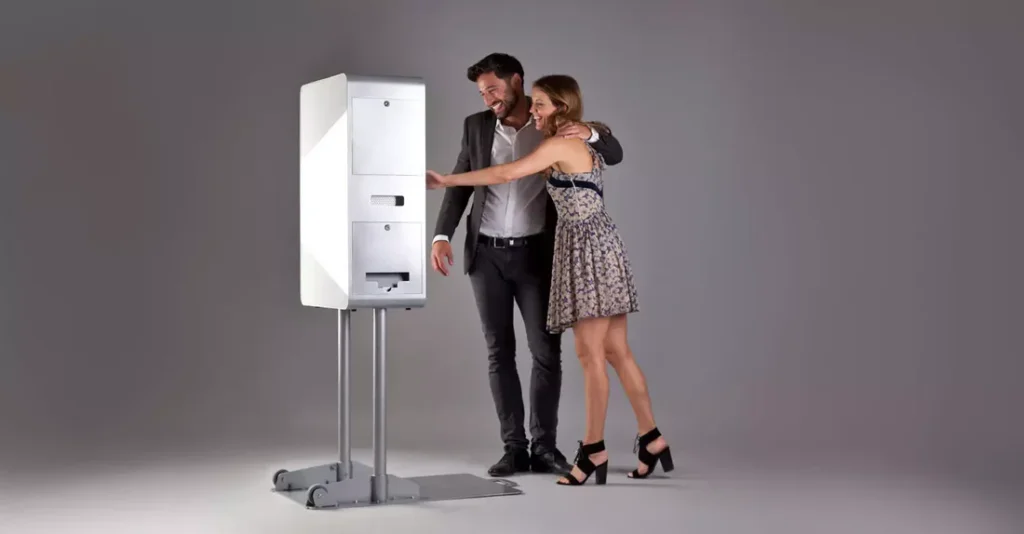
1. It Is Like Having More than One Photographer. Always-On, Always Available
Unlike a photographer who can only be in one place at one time, a corporate or conference photo booth rental offers continuous access throughout the event. That means guests can step in for a quick photo, a silly boomerang, or a group shot at any moment—without waiting or interrupting the flow of the event. The result? A fuller, more dynamic visual record that captures everything from early arrivals to late-night dance floor moments.
2. Photography in the Hands of Your Guests
Photo booths flip the script by letting guests take control. With intuitive, user-friendly interfaces, attendees become the photographers—choosing how they want to pose, when to snap, and what content to create. This guest-driven model leads to more authentic, personality-filled images and a richer variety of perspectives than traditional photography alone can offer.
3. Simultaneous Group Captures
Where a photographer must focus on one subject or group at a time, a photo booth can accommodate a steady flow of guests throughout the night. Whether it’s co-workers taking team shots, executives capturing candid moments, or clients joining in the fun, multiple groups can cycle through quickly—ensuring no one is left out of the visual story.
4. More Photos, More Memories
Because photo booths are fun, interactive, and often enhanced with props, filters, and digital effects, guests are naturally inclined to take more photos. This playful environment encourages repeat visits and multiple poses—which dramatically increases the volume and variety of content captured. It’s part entertainment, part memory machine—and 100% effective at engagement.
Why Rent a Photo Booth from Selfie Booth Co.
When it comes to corporate events, delivering an experience that’s engaging, on-brand, and measurable is no longer optional—it’s expected. Renting a photo booth from Selfie Booth Co. is one of the most strategic ways to meet those goals.
From immersive content creation to live social sharing, our booths offer far more than just entertainment.
Here’s how we help elevate your event from ordinary to unforgettable:
Enhanced Brand Engagement
Selfie Booth Co. turns every booth into a branded touchpoint.
- Customizable Booths: Whether you choose the sleek Digital Selfie Station, the immersive 360 Video Booth, or the classic Original Selfie Booth, each option can be fully customized with your brand’s logo, color palette, and messaging. From vinyl wraps to over 50 backdrop options, every detail is tailored to your event’s identity.
- Branded Marketing Assets: Each photo, GIF, or video becomes a branded keepsake—perfect for attendees to share and revisit. In high-profile photo booth brand activations like Nike’s Air Jordan launch, branded content extended the campaign’s reach well beyond the event itself.
Increased Audience Engagement
Photo booths don’t just document your event—they amplify it.
- Interactive Content Creation: Guests can instantly create event photos, GIFs, boomerangs, and 360° videos, often enhanced with music, filters, and fun effects. It’s intuitive, engaging, and ideal for guests of all ages.
- Unlimited Prints: The Original Booth offers unlimited 2×6 or 4×6 prints, so guests walk away with tangible mementos. Meanwhile, digital sharing options cater to tech-savvy attendees who want their content instantly.
- Versatile Booth Styles: The Glamorous Booth rental brings a red-carpet experience with a celebrity-style B&W filter, while the 360 Booth captures immersive slow-motion videos—perfect for energizing any event space.
Social Media Amplification
Where traditional photography ends, Selfie Booth Co. begins.
- Instant Sharing Tools: After a photography session, guests can send their content directly to themselves via text or email, or post in real-time on Instagram, Facebook, and LinkedIn. That means your branded content starts circulating online before the event even ends.
- Live Online Gallery: Every booth comes with a downloadable gallery, making it easy for guests to revisit, download, and share their moments—long after the lights go down.
- Viral Potential: With high-res, branded visuals and fun formats like boomerangs and 360° clips, your event content is primed for viral sharing and organic reach—especially at influencer-heavy or public-facing activations.
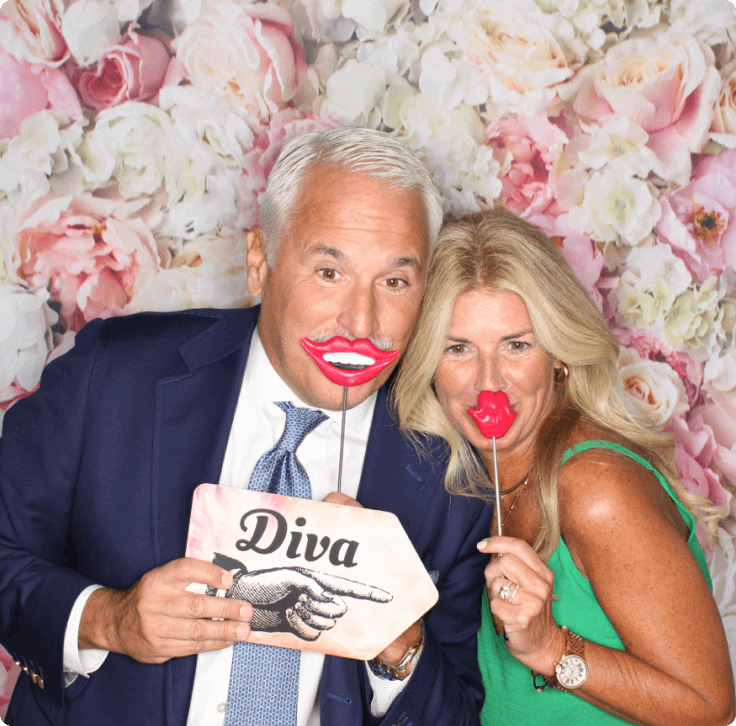
Professional Support and Reliability
Event planners and any business owner need partners they can count on—and Selfie Booth Co. delivers.
- End-to-End Service: From setup (about 1–1.5 hours early) to on-site support and breakdown, our trained attendants handle everything so you don’t have to. That means fewer headaches and more time to focus on the event itself.
- Nationwide Availability: While we are LA-based, we serve major event hubs including New York City photo booth rentals, Miami, Chicago, and Las Vegas. Our compact booths require only an 8’x8’ space, making them ideal for a wide range of venues.
- Awards & Reputation: Recognized with WeddingWire’s Couples’ Choice Award and The Knot’s “Best Of” year after year, our track record speaks for itself. Plus, our “No Oops Guarantee” ensures your rental runs flawlessly—or we’ll make it right
The Best Value And Corporate Event Photography Rates
Organizing a corporate event means balancing two critical goals: capturing memorable moments and maximizing return on budget. That’s where the real question emerges—not just “How much does it cost?” but “What delivers the most value?”
Let’s break it down.
Corporate Event Photography Rates
Hiring a professional photographer for your corporate function is a premium option—and the numbers reflect it. Rates vary depending on experience, deliverables, and event complexity. Here’s what you can expect:
- Hourly Rates: $150–$400+ per hour
- Half-Day Packages (4–6 hours): $700–$1,800
- Full-Day Packages (8–10 hours): $1,400–$3,000+
These packages often include edited digital photos, an online gallery, and limited print rights. Add-ons—such as videography, drone footage, or same-day edits—can significantly increase the overall spend.
At the high end, seasoned event photographer professionals charge $400+ per hour, positioning themselves for top-tier clients and specialized events. Urban markets such as New York, Los Angeles, and Chicago also command higher pricing due to cost-of-living and elevated demand.
Why Photo Booths Deliver More—For Less
Now, contrast that with renting a booth from Selfie Booth Co., which combines entertainment, branded content creation, and real-time engagement—all at a fraction of the cost.
That means for the price of a single photographer covering a full day, you could rent a branded, interactive booth with built-in lead capture, social sharing, and unlimited guest engagement.
And here’s the kicker: while a photographer captures the event from their lens, a booth empowers every guest to become part of the story—creating content, sharing it instantly, and walking away with branded mementos
Get In Touch Today
Whether you’re planning a brand activation, corporate gala, or multi-city product launch, Selfie Booth Co. is ready to help you deliver an experience that’s interactive, on-brand, and seamlessly executed.
With customizable options, nationwide reliability, and a proven track record of elevating events across industries, this isn’t just a photo booth—it’s a marketing engine, a guest engagement tool, and a memory-making machine all in one.
📸 Ready to elevate your next event?
📩 Reach out for a custom quote today or connect directly with our team to check availability.
Let’s make your event unforgettable—for all the right reasons.
Because great events aren’t just remembered.
They’re captured, shared, and talked about.
And Selfie Booth Co. helps you do all three—flawlessly
